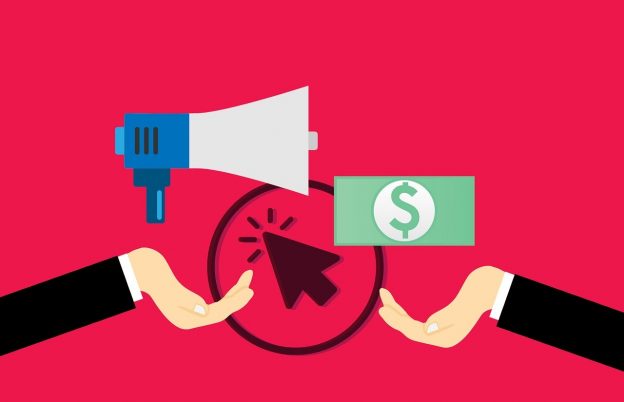In case you haven’t already heard of it, pay per click advertising is an ad model where a business only pays if a customer clicks on one of their ads. It’s most popularly known through the Google Ads platform, which distributes advertisements across Google’s myriad properties. How it works is fairly simple.
First, an advertiser determines what keywords they want to target, based on what’s likeliest to bring in qualified leads. They can also add negative keywords so they aren’t paying for clicks from people who aren’t sales prospects. You then bid against other competing advertisers on your keywords – whoever puts in more money per click gets a higher placement and, consequently, more clicks.
It seems pretty simple, right?
Unfortunately…it’s not. There’s actually a fairly steep learning curve in PPC advertising, a wealth of pitfalls that can see you wasting a ton of money for relatively little gain.
Continue reading







